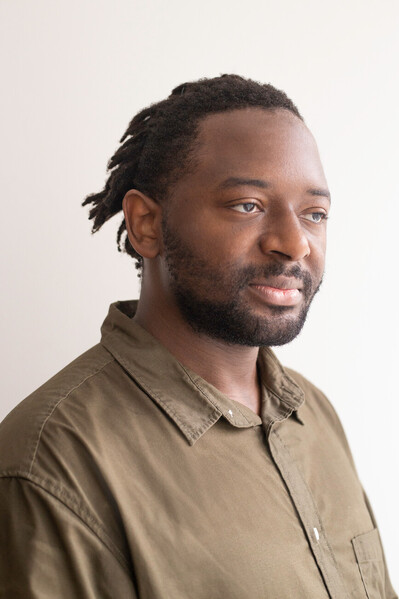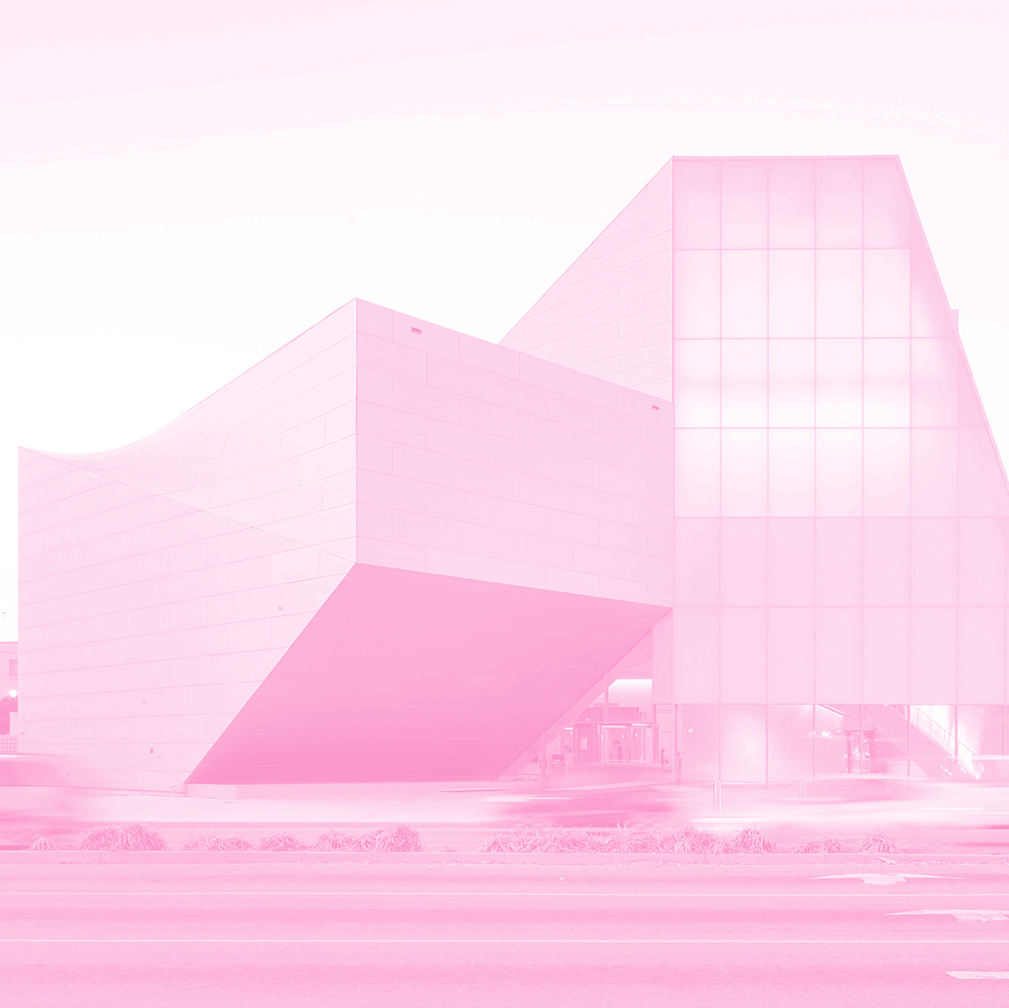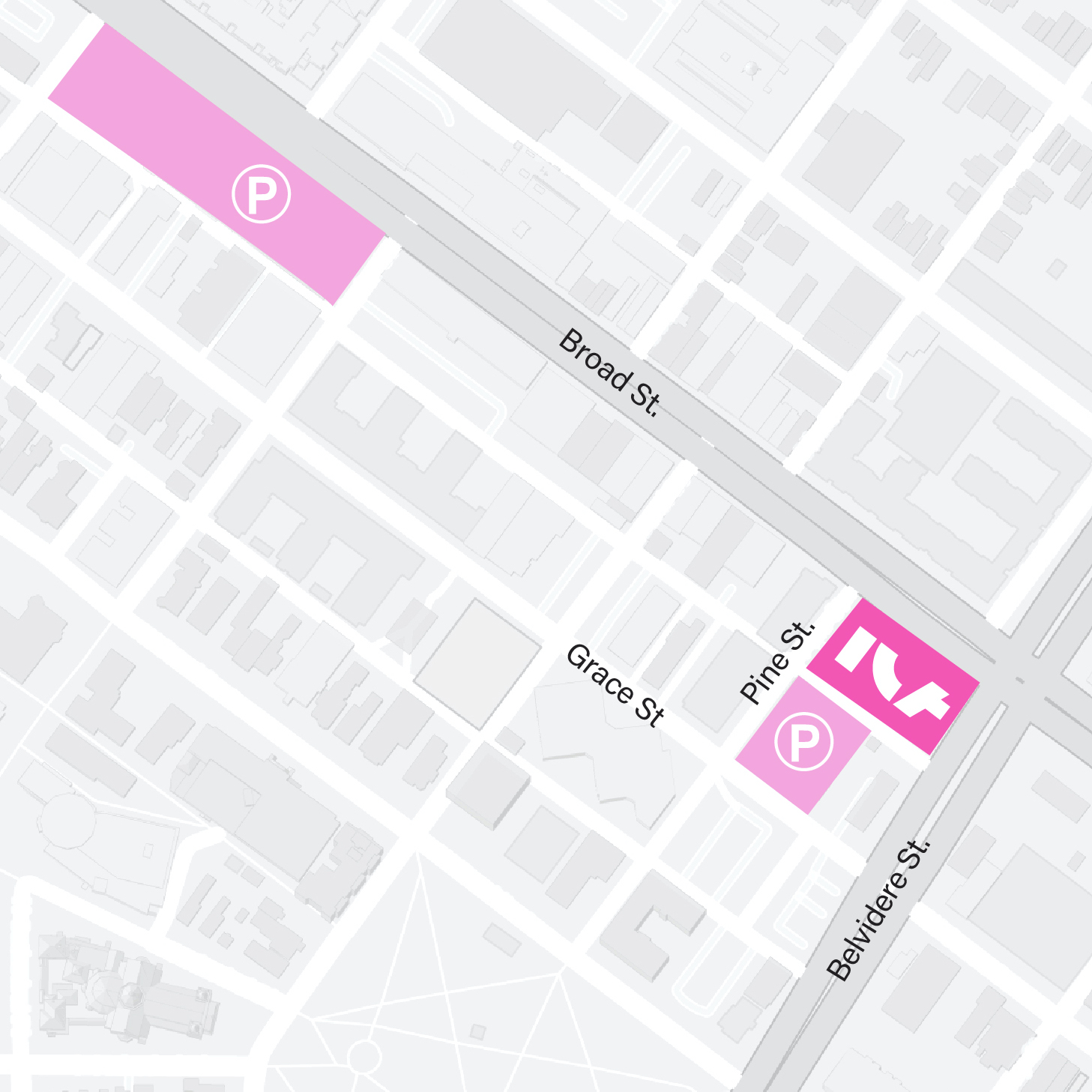

Ayida, installation view, ICA at VCU, 2025. (artwork © Oletha Devane, Lizania Cruz, Thomas Allen Harris, Didier William; photograph by David Hale)


Ayida, installation view, ICA at VCU, 2025. (artwork © Oletha DeVane; photograph by David Hale)


Ayida, installation view, ICA at VCU, 2025. Left to right: Didier William, Plonje (Dive), 2023; Thomas Allen Harris, Assotto Saint - LGBT Center - Kwanza, c. 1992. (artwork © Didier William, Thomas Allen Harris; photograph by David Hale)


Ayida, installation view, ICA at VCU, 2025. (artwork © Thomas Allen Harris, Lizania Cruze; photograph by David Hale)


Ayida, installation view, ICA at VCU, 2025. Left to right: Lizania Cruz, Cajas de evidencia [Evidence Boxes], 2023; Lizania Cruz, Evidence: Dominican Gaga [Evidencia: Gaga Dominicano], 2025. (artwork © Lizania Cruz; photograph by David Hale)


Ayida
Jun 27, 2025 – Feb 22, 2026
Ayida is a new group exhibition of five early- to mid-career artists celebrating the Caribbean and its diaspora. Through a combination of new and existing works, the contributors investigate and pay attention to the material, spiritual, and intellectual cultures of Haiti and the Dominican Republic, among other sites.
Taking inspiration from Haitian poet and performer Assotto Saint (b. 1957 Haiti, d. 1994 New York), an important figure of the 1980s Black and gay writers movement, the exhibition considers Saint’s own complex relationship to Haitian Vodou, a topic frequently censored in Western societies. This impetus gives rise to Ayida’s focus on syncretism between religions and cultures, and on Afro-diaspora religions. The exhibition thus builds on dance and folklore research by the Dominican sociologist Fradique Lizardo (1930–1997) on El Gagá, a movement-based Vodou practiced in Haiti and the Dominican Republic.
The exhibition title refers to Ayida, or Ayida Wedo, a loa or deity in Haitian Vodou that is the god for the earth and of the origins and is often represented by a feminine figure or a snake (such as in the 1947 oil painting Damballah La Flambeau by the famous Haitian artist Hector Hyppolite). The preoccupation with nature among Ayida’s followers is evident in most of the contributors’ works, in addition to traces of Afro-diaspora religions, including Candomblé, Santería, and Vodou, among others.
Assotto Saint, the show’s main inspiration, was a poet who endeavored to archive the lives of his community of Black and gay writers in New York City through his work in publishing, editing, writing, and theater. Similarly, the exhibition’s contributors view their own artistic practices in documentary film, photography, installation, sculpture, and printmaking as a kind of archival and memory work. At the same time, they are also interested in textiles and other forms of craft that refer to the objects and material cultures of Black diaspora communities in the Caribbean and the United States.
Ayida is curated by guest curator Serubiri Moses and coordinated by ICA Assistant Curator Egbert Vongmalaithong. The exhibition features works by Oletha DeVane, Thomas Allen Harris, Lizania Cruz, mujero, and Didier William.
The exhibition’s presentation at the ICA at VCU is made possible by generous support from:

Margaret Lewis
VCU Foundation
Ashley Kistler
Lizania Cruz is a Dominican participatory artist and designer interested in how systems of oppression, mythmaking, and historiography shape our understanding of otherness and belonging. Through research, oral history, and audience engagement, she creates projects that expand and highlight pluralistic narratives in the public sphere.
Oletha DeVane is a multidisciplinary artist whose social, political, and spiritual concerns are the content of her practice. Her work is in all media, including collaborative public sculptures that draw upon African diasporic traditions, referencing stories, prayers, and myths. Snakes, birds, saints, mermaids, and other symbols populate the surfaces of her work, evoking the possibility of communication and transformation with other realms.
Thomas Allen Harris is an interdisciplinary artist, filmmaker, and curator with a background of community organizing through art and film. His work remixes personal and found archives, challenging hierarchy within historical narratives. His practice grew out of early collaboration with a vanguard of Black queer artists concerned with formulating new modes of storytelling in the search for identity, family, and spirituality.
mujero is a New York based interdisciplinary artist whose work honors queer/Caribbean identity through sculpture, video, and performance. Their practice engages found objects, image transfer, steel, and wood to enact and deconstruct the histories that constitute the present.
Didier William, originally from Port-au-Prince, Haiti, is a US-based mixed-media painter. His work focuses on constructions of Blackness that include the nuances of diasporic identity and his own experiences of immigrating to the US from Haiti. William’s paintings undermine traditional aesthetic, racial, and gender dichotomies in order to reimagine collective histories, where they may intersect with personal narratives, and what those intersections might yield.

Serubiri Moses is a Ugandan-born curator, editor, and teacher known for his rigorous engagement with global art history. Moses’s work as a curator draws on alternative methods of collective teaching, listening, and loitering, and engages with the notion of “artists without art”—artists who have been censored. His career between 2011 and 2017 consisted of travel for conferences, residencies, and fellowships to Asia, Europe, Africa, and Latin America.
Serubiri Moses was invited to originate Ayida as part of the Institute for Contemporary Art at VCU Guest Curator exhibition program, which welcomes global curatorial perspectives that amplify the ICA’s mission to listen, create, and make art public.

 10 AM-5 PM
10 AM-5 PM

 Area Map
Area Map  Parking
Parking